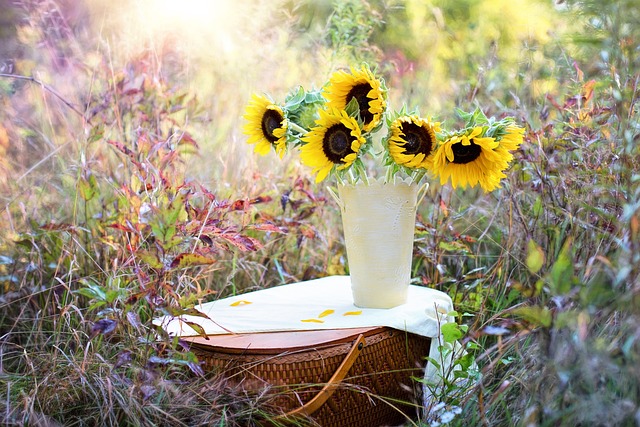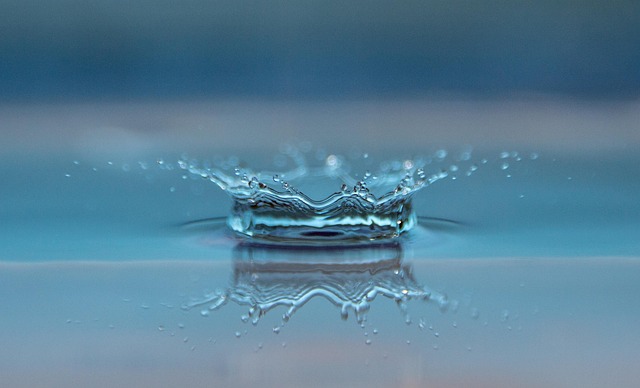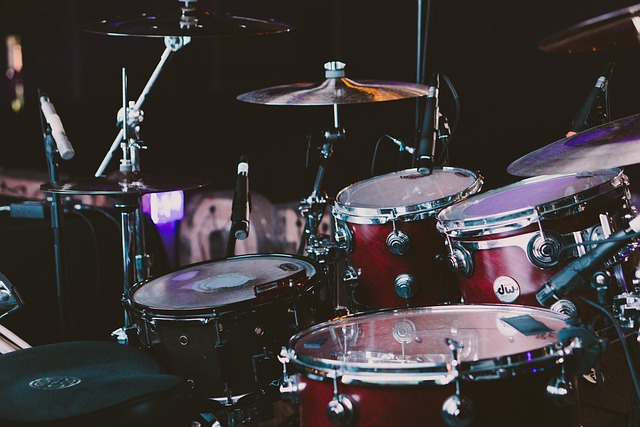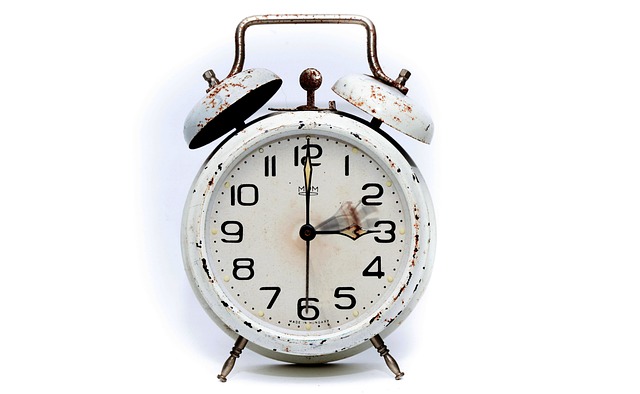Sculptural Symmetry: Exploring Spatial Arrangement in Art and Design
Art and design are more than just visuals; they evoke a dialogue between the viewer and the work itself. One of the most intriguing aspects of this interaction is the spatial arrangement. This concept transcends mere placement; it encompasses the very essence of how forms relate to each other and the space they inhabit.
The Dance of Form and Space
When we observe a sculpture, the arrangement of its elements plays a crucial role in our experience. Artists often utilize spatial arrangement to create a dialogue within their work. A well-considered placement of figures or objects can generate a sense of harmony or tension, inviting viewers to navigate the space intentionally. Much like dancers in a choreographed performance, sculptural elements move through space in a way that can evoke emotion, curiosity, or contemplation.
Understanding Balance and Proportion
Balance is a fundamental principle in the realm of sculpture and design. Artists manipulate spatial arrangement to achieve equilibrium between elements. Consider the works of renowned sculptors like Henry Moore or Barbara Hepworth, where negative spaces become as essential as the solid forms. Each piece invites the viewer to explore these relationships, leading to a deeper understanding of both the artwork and the surrounding environment.
Creating Spatial Narratives
Every sculpture has a story to tell, and its spatial arrangement significantly contributes to that narrative. The positioning of figures can narrate a journey, evoke a moment in time, or symbolize an emotion. In contemporary design, spaces are similarly interpreted to foster interaction and engagement. Thoughtful arrangement encourages movement and dialogue, guiding individuals through an experience designed to provoke thought and emotion.
Bridging Art and Architecture
The interplay of spatial arrangement is not restricted to traditional sculptures alone. In architecture and public installations, the way structures interact with their environment can create a monumental impact. Imagine walking into a vast open space where the arrangement of structures draws you in, making you feel welcome yet awestruck. This is the magic of spatial arrangement in merging art and design, leading to innovative solutions that resonate with human experience.
The Role of Perspective
Our understanding of spatial arrangement is also influenced by perspective. A sculpture that appears imposing from one angle may reveal delicacy upon closer inspection. Designers teach us that perception can shift with the observer’s position, a principle that artists leverage to create dynamic interactions. This reciprocity fosters a deeper engagement, allowing viewers to form personal connections with the art.
Conclusion
Explore your surroundings and recognize the invisible refrain of spatial arrangement that plays out in art and design. It is a language of its own, weaving together thoughts, emotions, and experiences. As you appreciate the subtle and overt nuances of spatial interplay, you may find yourself drawn into a deeper appreciation for the creativity and intention behind each sculptural piece.




